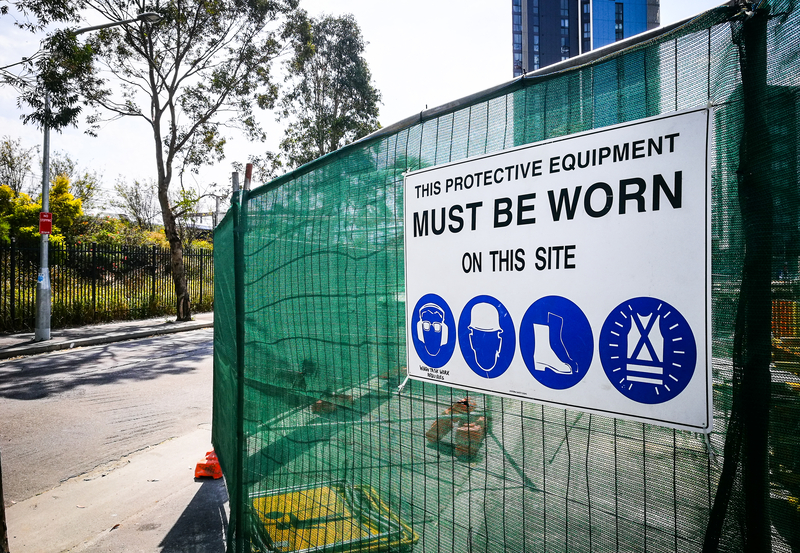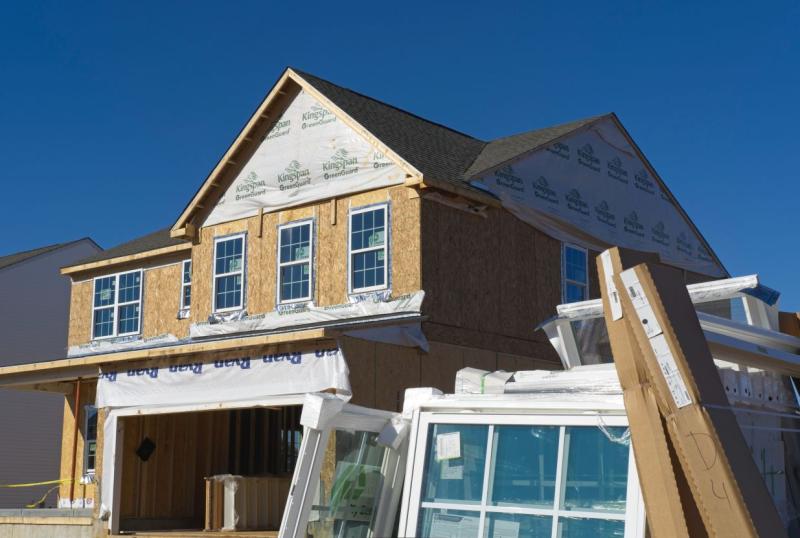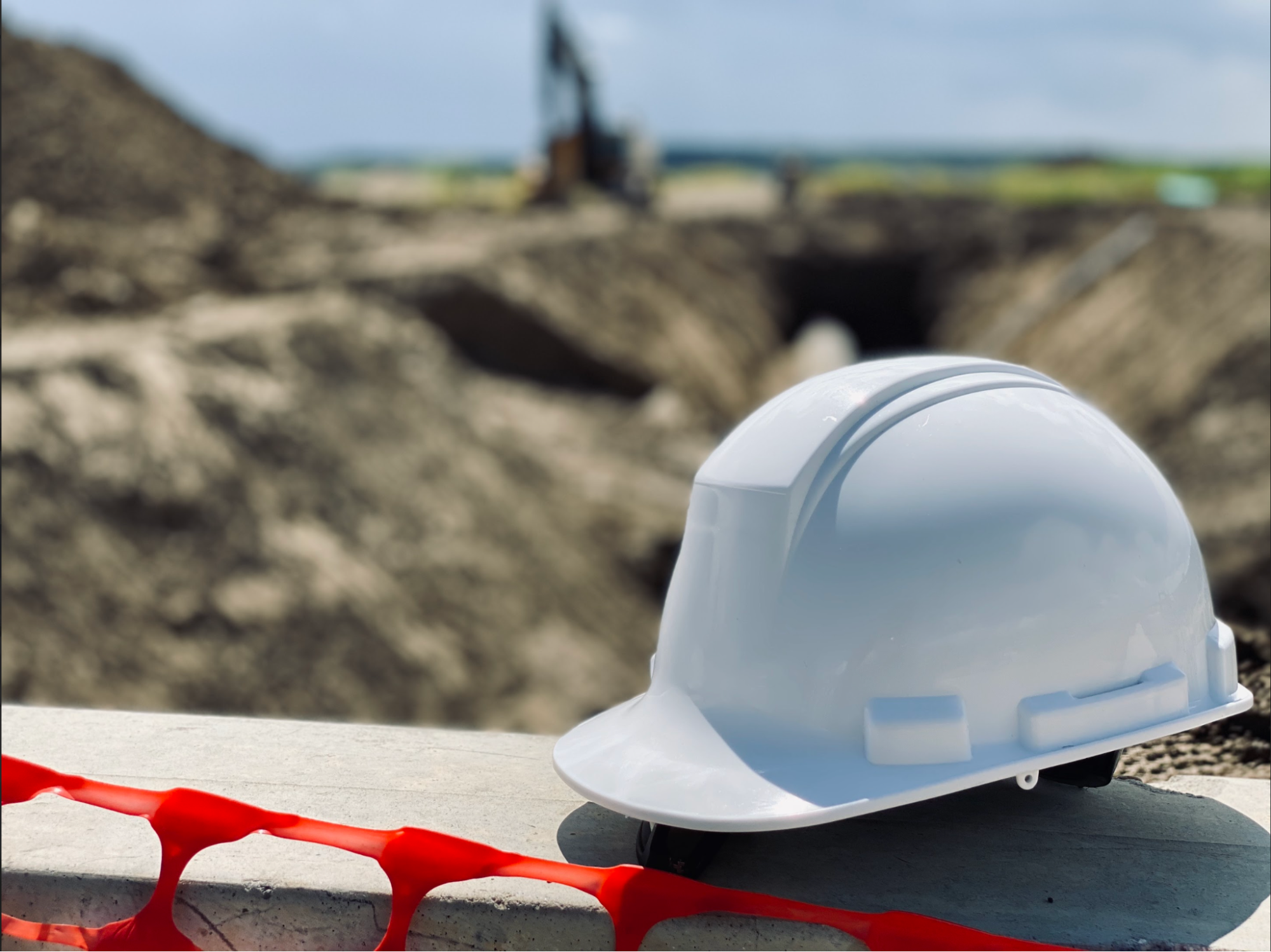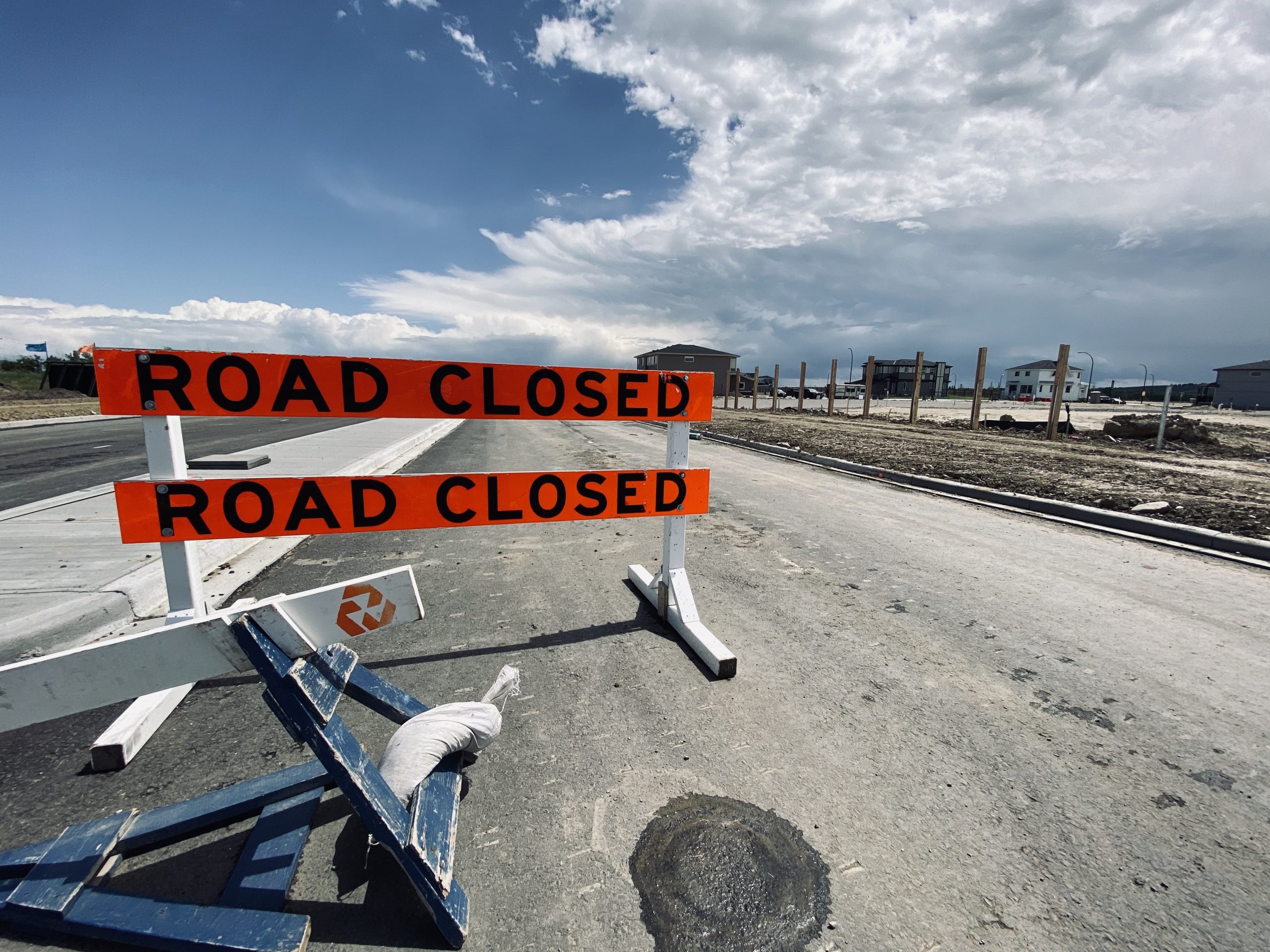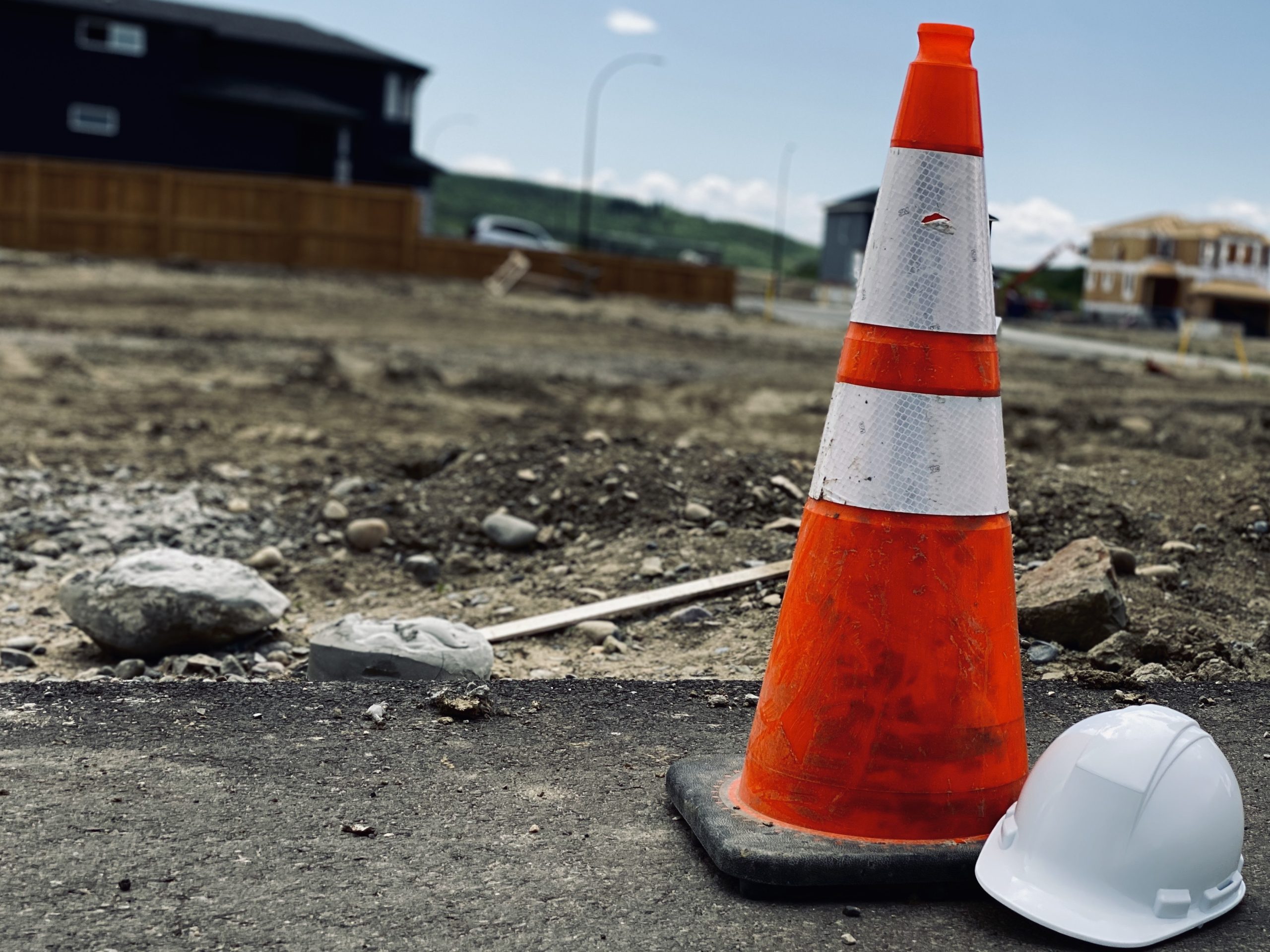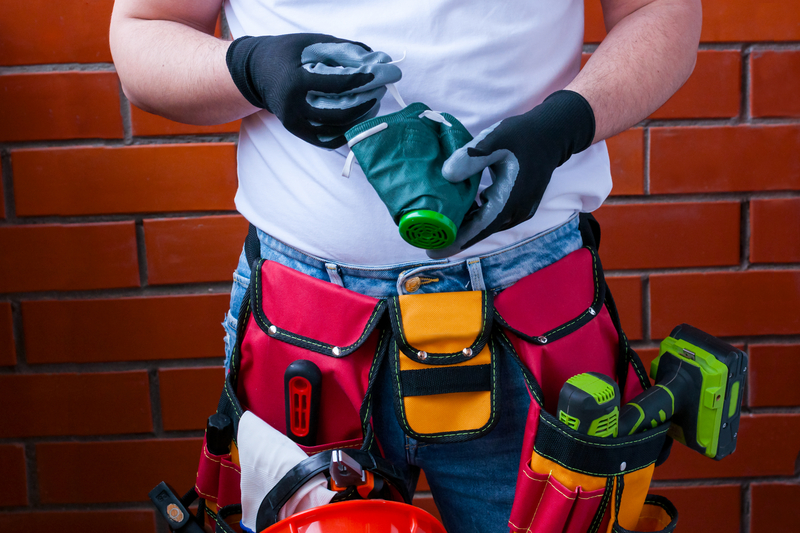Assessing your work environment for health and safety hazards plays an important part in preventing injuries and illnesses. Each workplace has different safety hazards depending on the industry, location and function of the facility. The first step in protecting workers involves accurately identifying potential hazards in your workplace. There are a variety of methods to identify these hazards. The following is information and general tips for identifying hazards on your job site.
What is a workplace hazard?
A hazard is a source of potential damage, harm or adverse health effects on something or someone. They include any substance, material, activity or process that has the potential to cause harm or injury.
Categories of workplace hazards:
Workplace hazards are classified by category:
- Biological: viruses, bacteria, fungi/mould, animal/bird droppings, plants, insects
- Chemical: liquids (cleaning products, paints, acids, solvents), vapours/fumes/gases (acetylene, propane, carbon monoxide, helium), flammable materials (gasoline, solvents, explosive chemicals) and pesticides. The hazard associated with each depends on their physical properties and whether they are toxic, irritants, corrosives or mutagens.
- Mechanical: hazards caused by the moving parts of machinery or equipment
- Psychological: stress, harassment, violence, excessive workload/intensity/pace, lack of respect, lack of social support, lack of flexibility/control
- Physical: prolonged exposure to noise, vibrations, radiation (ionizing, non-ionizing), sunlight, temperature extremes, magnetic fields, pressure extremes
- Ergonomic: Improper posture, repetitive movements (frequent lifting, awkward movements, frequently using too much force), improper arrangement of the workplace, improperly adjusted workstations and chairs, vibration.
- Safety: slipping/tripping hazards, inappropriate machine guarding, equipment malfunctions or breakdowns, working from heights (ladders, scaffolds, roofs, raised areas), electrical hazards (frayed cords, missing ground pins, improper wiring, confined space, machine hazards (lockout/tag-out, boiler safety, forklifts)
What is hazard identification?
Hazard identification is part of the process called risk assessment. It is used to evaluate situations/items that may have the potential to cause harm. The goal of hazard identification is to find and record possible hazards that may be present in a workplace. Hazard identification is undertaken:
- when new processes, equipment, and/or machinery are introduced into the workflow
- before each shift
- in the performance of work
- during formal or informal inspections
- after incidents occur
What are the benefits of hazard identification?
Early detection of hazards and implementation of safety practices help:
- a business achieve its goals
- prevent work-related injuries and illnesses
- improve compliance with laws and regulations
- reduce costly repairs and unexpected damages
- improve employee engagement, productivity, and efficiency
- boost overall business operations
When should hazard identification be done?
Hazard identification can be done:
- During design and implementation (new process or procedure, new machinery)
- Before tasks are done (equipment checking, review of surroundings)
- While tasks are being done (awareness of changes, conditions, emissions)
- During inspections (formal, informal)
- After incidents (near misses, minor events, injuries)
Ways to identify hazards:
- Conduct regular worksite inspections. Walk through the worksite and visually assess the types of equipment, work practices and potential hazards that could be harmful to workers. Observe how work tasks are being performed. Assess the equipment workers are using. Consider how that equipment is being used. Analyze the design and layout of the work areas.
- Interview workers and managers: Ask workers to express concerns that may not be obvious when conducting worksite inspections. Involve workers in the process of identifying hazards, increasing staff morale and compliance with safety practices.
- Create a hazard map: Draw a large outline of the worksite, marking existing and potential hazards. Get feedback from workers to increase awareness of the importance of safety in the workplace.
Tips for identifying hazards:
When your surroundings become familiar, it’s easy to overlook hazards. The following are some tips to help you identify risks in your workplace:
- For equipment: check manufacturer instructions and/or safety data sheets. Think about long-term health hazards such as high levels of noise.
- Consider non-routine operations: such as maintenance, cleaning operations, or changes in production cycles.
- For chemicals: check manufacturer instructions and/or safety data sheets. Consider long-term health hazards such as exposure to harmful substances.
- Do an overall review of your incident records, employee health records, near misses and worker complaints. This alerts you to patterns and helps identify a hazard that may be systemic.
- Consult your workers about any health and safety issues they’ve encountered in the workplace. Keep the lines of communication open so they can help you identify risks to workers and/or production. Use anonymous surveys, asking open-ended questions. To encourage attention to detail, recognize workers who identify hazards in advance.
- Keep informed about hazards and risks relevant to your specific industry or type of work. Consult with industry associations, manufacturers, and suppliers.
It’s an employer’s responsibility to inform, educate, and train employees about workplace hazards. To ensure the safety of your employees and reduce the number of injuries, it’s imperative that you know how to identify the health and safety hazards in your workplace. It’s important to have several different methods of identifying health and safety hazards to ensure a safe work environment for all. Take the necessary steps to create a health and safety culture that’s beneficial for everyone.
Need help identifying and rectifying safety hazards in your workplace? Looking for professional safety consultants that are passionate and knowledgeable? Want a safety consultant that responds in a timely manner and provides teaching at every opportunity? Seeking customer service that exceeds your expectations? Get in touch with 1st Quality Safety Consulting. We provide safety programs, monthly consulting packages, digital safety management software and online and in-person courses

